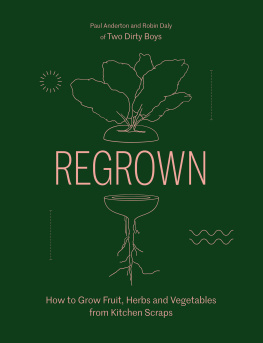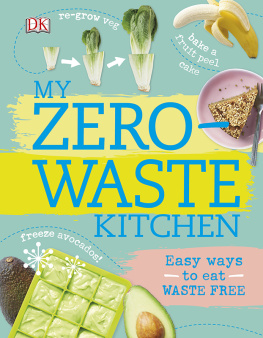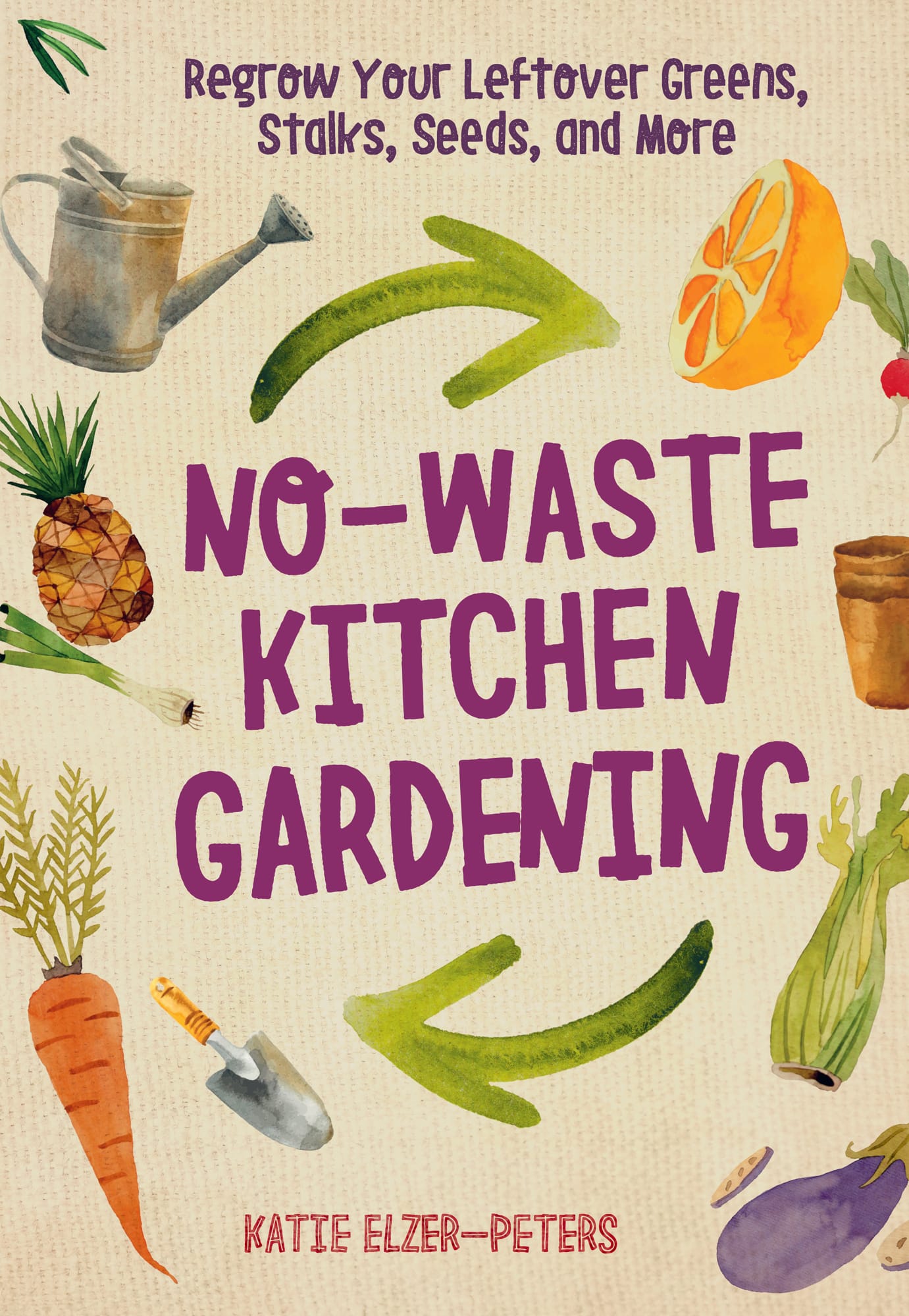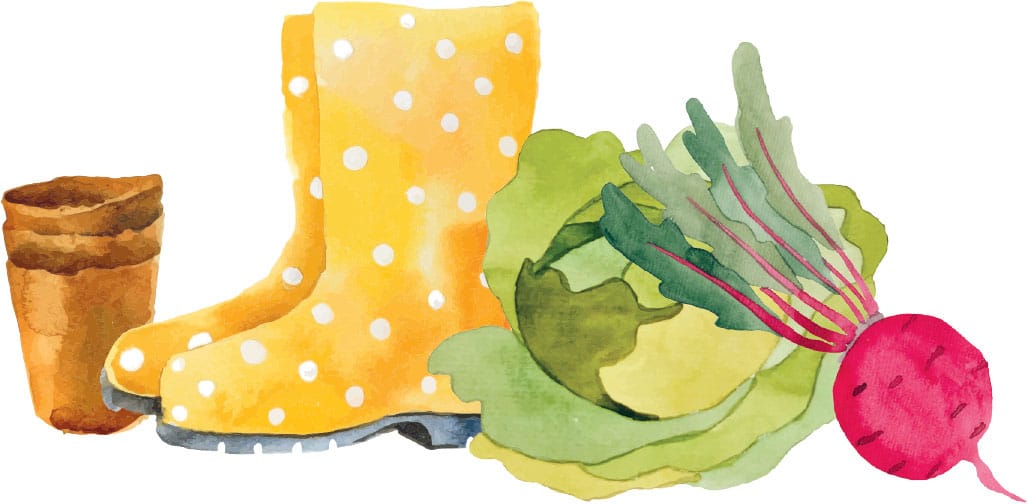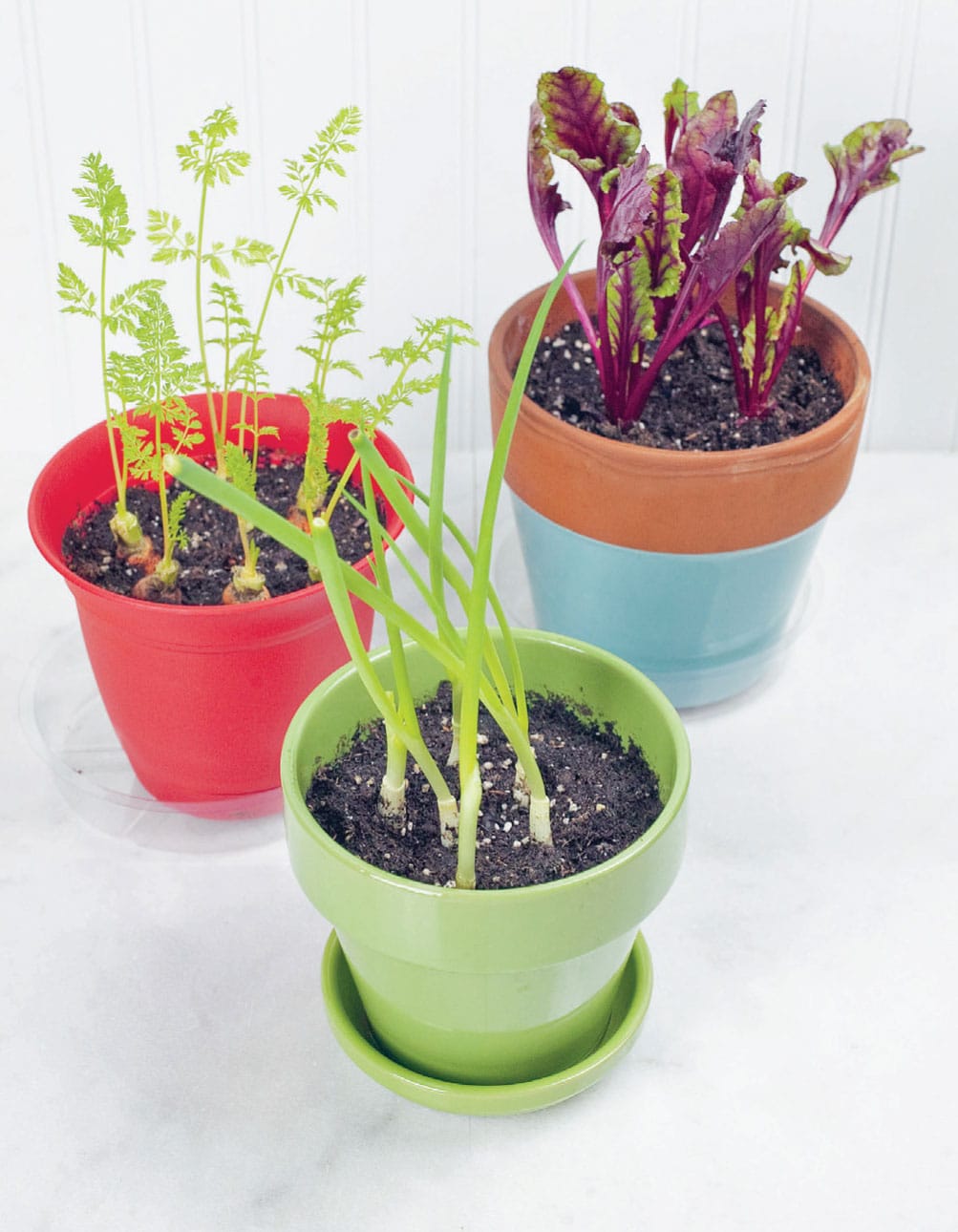Elzer-Peters - No-waste kitchen gardening: regrow your leftover greens, pits, seeds, and more
Here you can read online Elzer-Peters - No-waste kitchen gardening: regrow your leftover greens, pits, seeds, and more full text of the book (entire story) in english for free. Download pdf and epub, get meaning, cover and reviews about this ebook. City: Minneapolis;Minnesota, year: 2018, publisher: Cool Springs Press, genre: Children. Description of the work, (preface) as well as reviews are available. Best literature library LitArk.com created for fans of good reading and offers a wide selection of genres:
Romance novel
Science fiction
Adventure
Detective
Science
History
Home and family
Prose
Art
Politics
Computer
Non-fiction
Religion
Business
Children
Humor
Choose a favorite category and find really read worthwhile books. Enjoy immersion in the world of imagination, feel the emotions of the characters or learn something new for yourself, make an fascinating discovery.

- Book:No-waste kitchen gardening: regrow your leftover greens, pits, seeds, and more
- Author:
- Publisher:Cool Springs Press
- Genre:
- Year:2018
- City:Minneapolis;Minnesota
- Rating:5 / 5
- Favourites:Add to favourites
- Your mark:
No-waste kitchen gardening: regrow your leftover greens, pits, seeds, and more: summary, description and annotation
We offer to read an annotation, description, summary or preface (depends on what the author of the book "No-waste kitchen gardening: regrow your leftover greens, pits, seeds, and more" wrote himself). If you haven't found the necessary information about the book — write in the comments, we will try to find it.
Stop tossing your carrot stumps, loose cilantro sprigs, lettuce and cabbage stalks, and apple cores in the trash! The expert advice inNo-Waste Kitchen Gardening, gives you all the instruction and tricks youll need togrow and re-propagate produce from food waste. Youll be astonished at how much food waste you can re-grow.
Youll also find some helpful general information about growing indoors andmaintaining your re-grown plants.Two-part photo instructions show first what the root, chunk seed, or leaf should look like when you re-plant it, and second, when to harvest or re-plant it in soil to continue growing.
Edibles big and small, quick to grow and those that take a big longer, are included, so you can pick and choose which projects to take on. A few of themany plants profiledinclude:
Green onions
Tomatoes
Melons
Avocadoes
Potatoes
Carrots
Cut back on your food waste, cultivate your own food easily, and maybe even share gardening with a new generation, all with the advice fromNo-Waste Kitchen Gardening.
Elzer-Peters: author's other books
Who wrote No-waste kitchen gardening: regrow your leftover greens, pits, seeds, and more? Find out the surname, the name of the author of the book and a list of all author's works by series.

